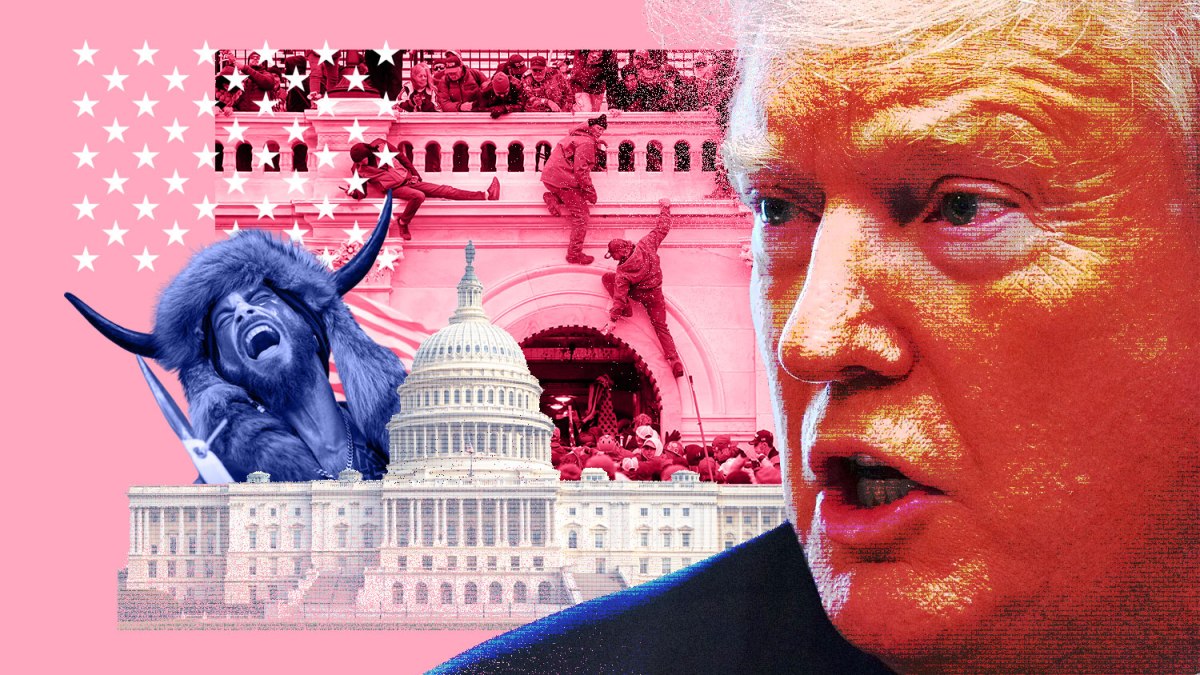After this eventful week, the world of international trade is abuzz with discussions and uncertainties. The usual concept of comparative advantage seems to have taken a back seat as President Trump’s trade war strategies unfold. It’s like playing a game of whack-a-mole – unpredictable and constantly shifting.
In the realm of trading relationships with the US, traditional notions are being reshaped. It’s no longer just about producing goods efficiently; it’s now about navigating the intricate web of tariff rates set by the US administration. Countries with lower tariff rates on their exports to the US may emerge as unexpected winners in this high-stakes economic battleground.
Over the next few days, Donald Trump will be dispatching letters to approximately twelve countries, notifying them of the new tariff rates that will apply to their exports to the US starting from August 1st. Treasury Secretary Scott Bessent hinted at possible extensions for negotiations for some nations amidst what he described as
“congestion in the home stretch.”
As we approach Wednesday, the end of a 90-day pause on Trump’s “reciprocal
” tariffs looms large. Initially ranging from 10% to 49%, these tariffs were meant to spur individual trade deal negotiations. However, progress has been modest, with only a handful of agreements inked so far.
Amidst all this uncertainty, President Trump remains steadfast in his approach, stating confidently that various countries will soon receive letters outlining tariffs ranging from “
60 or 70 per cent tariffs to 10 and 20 per cent tariffs.
” His belief in these punitive measures as beneficial for America underscores his unique perspective on global trade dynamics.
“
The hotchpotch of tariffs…will create chaos within…the supply chains…
” – Expert Analysis
The looming specter of escalating trade tensions has left many nations bracing for impact and strategizing ways to navigate this turbulent landscape effectively. The impending implementation of varying tariff rates could potentially lead to significant shifts in competitiveness among nations previously operating under different economic paradigms.
Experts warn that such a diverse range of tariffs envisioned by the Trump administration could sow chaos within global supply chains while simultaneously presenting both opportunities and threats for individual economies worldwide. The implications extend beyond mere economic ramifications; they are poised to disrupt established trade norms and reshape geopolitical alliances significantly.
With China at the center stage due to its pivotal role in global trade dynamics, there are concerns that past tactics like rerouting exports through intermediary countries could resurface. The cautious optimism surrounding recent deals struck with countries like Vietnam underscores a fragile truce amid mounting uncertainties.
“
President Trump’s pursuit…of sectoral tariffs marks a significant departure…” – Economic Analyst
Beyond immediate tariff concerns lie broader issues related to sectoral tariffs imposed on key industries such as steel, aluminum, autos, pharmaceuticals, semiconductors, timber, and copper – signaling a seismic shift in US trade policy under President Trump. These targeted measures add another layer of complexity to an already convoluted scenario fraught with potential pitfalls.
The European Union (EU) stands out as a critical player caught in the crossfire between competing interests and divergent policy objectives. Negotiations marred by demands for regulatory exemptions and steep agricultural tariffs underscore underlying tensions threatening to derail future agreements between major trading partners.
As transatlantic relations teeter on uncertain grounds characterized by escalating rhetoric and retaliatory posturing from both sides…
Continued friction between major economies not only poses immediate risks but also casts a long shadow over global economic stability….
In conclusion…
President Trump’s unconventional approach towards international trade continues…









Leave feedback about this